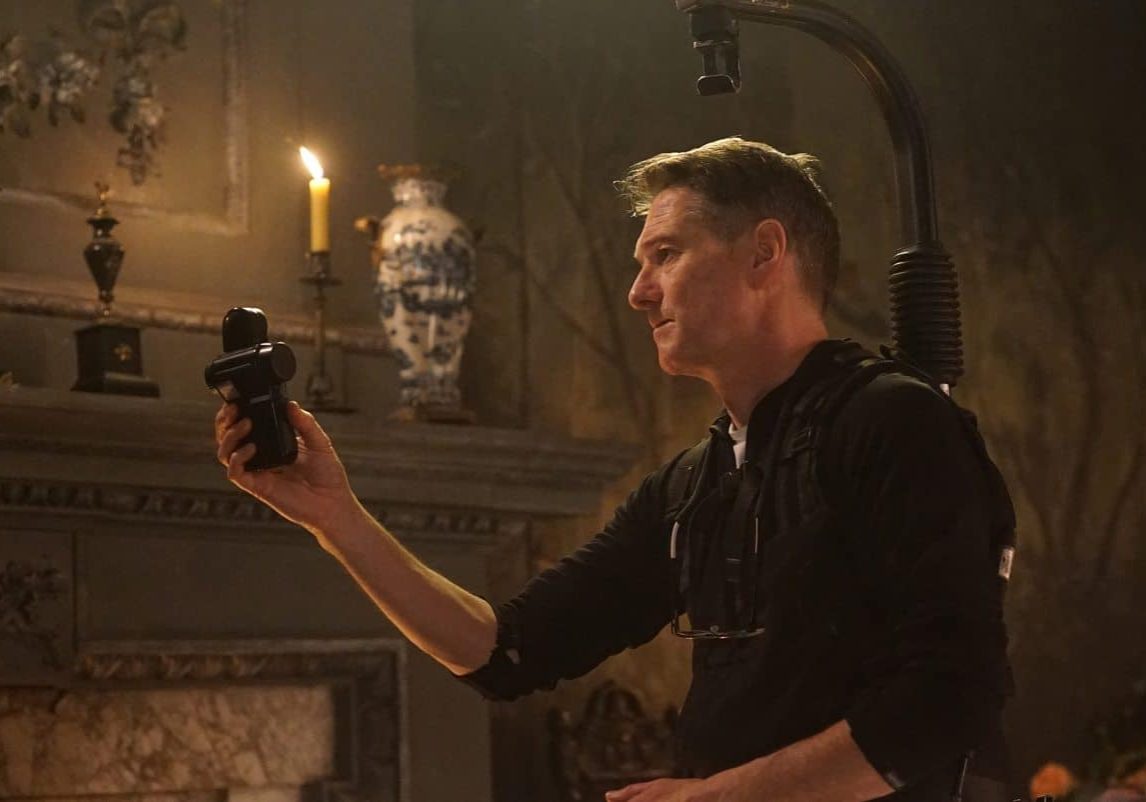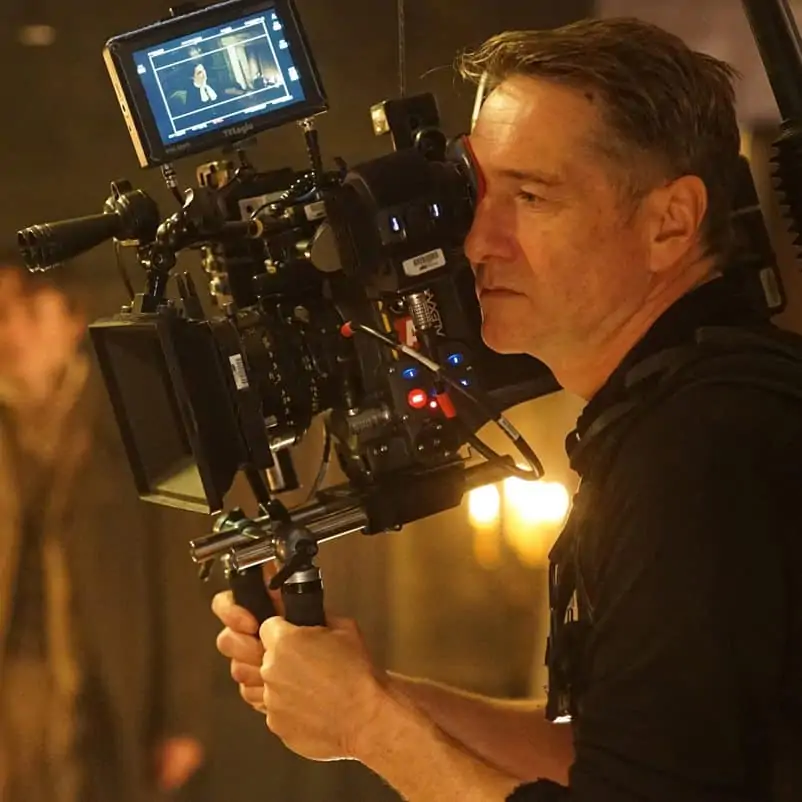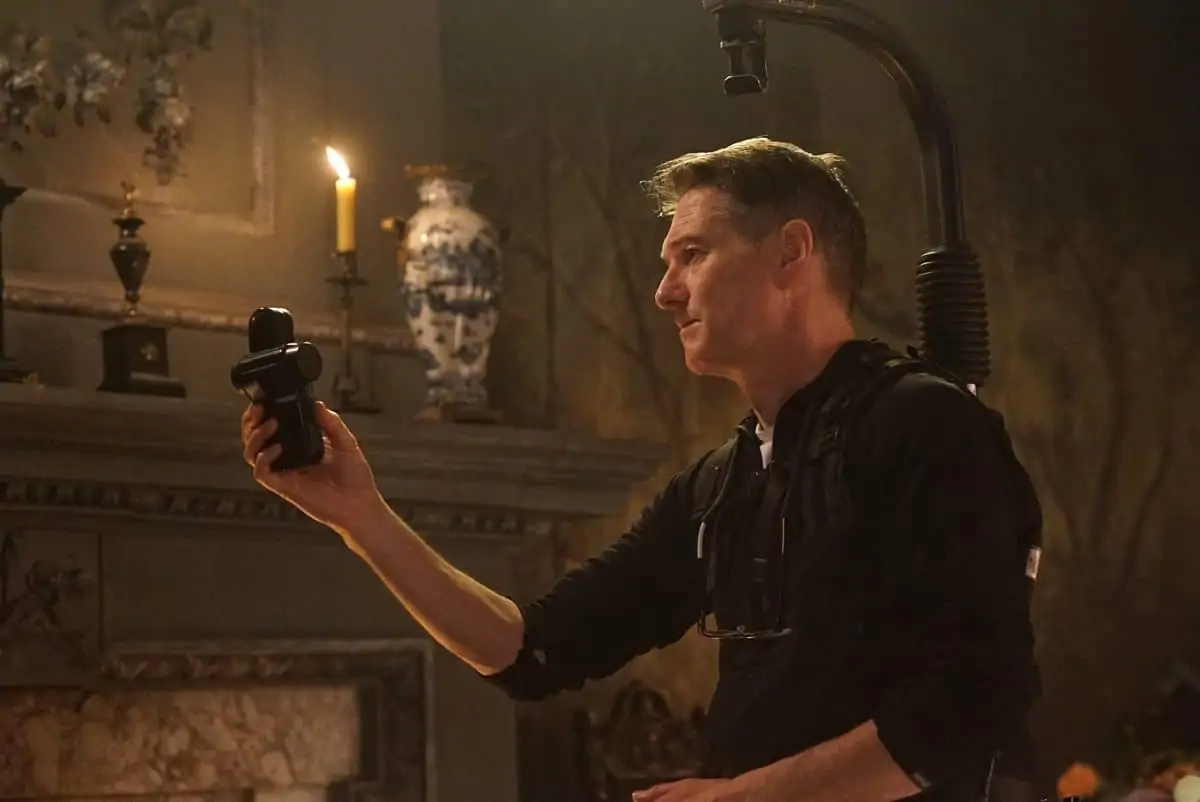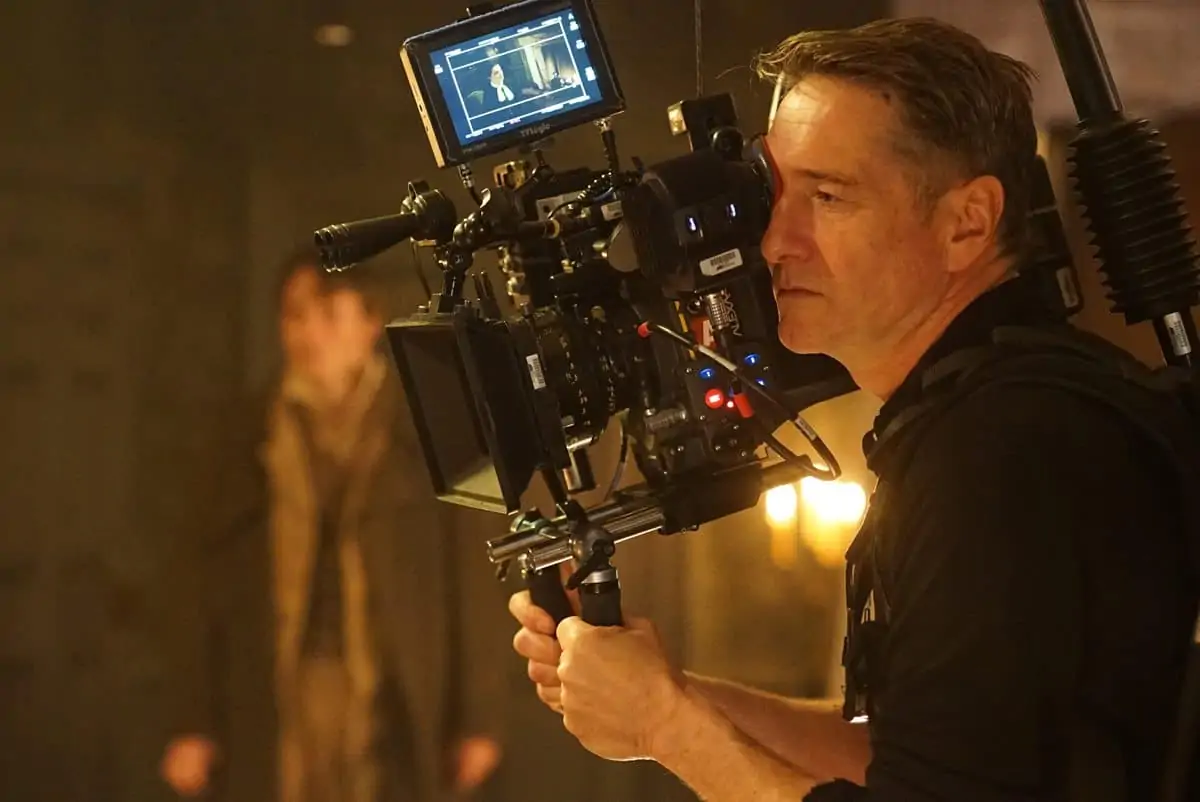Fool’s gold?
President's Perspective / Mike Eley BSC

Fool’s gold?
President's Perspective / Mike Eley BSC
First up, huge congratulations to Roger Deakins CBE BSC ASC for winning the Academy Award at this year’s ceremony. His work on Blade Runner 2049 was rightly recognised for its imagination, control and subtlety. After missing out on an Oscar thirteen times previously, it was gratifying to see him finally get his statuette. Also, it was good to hear in his acceptance speech reference to his crew, reminding us all once again that collaboration is at the heart of our craft.
Of course, we ‘share’ our illustrious compatriot with the ASC, and are proud to do so, but no one could deny us here the satisfaction of seeing a homegrown talent, former student of the NFTS and BSC member, achieving the ultimate recognition on the world stage.
Sadly, I missed this year’s BSC Expo due to filming commitments, but it was our biggest yet and, from all accounts, a great success. However, I did manage to catch the Micro Salon in Paris the weekend after. There, in the 18th Arrondissement, in the old Pathé Studios, were numerous floors crammed with every new innovation in cameras, lenses, lighting and much more. It was head-turning stuff. Students cruised the stands (the building is now home to France’s premiere film school), mingling with industry veterans, soaking in the technical wonder of it all.
It made me ponder on what these shows would have looked like in the days before the digital revolution? Film cameras developed incrementally between quantum leaps in design, whilst the introduction of new lenses played-out equally infrequently. Now we have new cameras, glass and accessories seemingly every week. Just when you think you’ve got your head around the latest innovation, you discover it isn’t so innovative after all.
The tools available today are an amazing addition to our ability to tell stories, and they enable us to do things and contemplate shooting scenarios that would have been deemed impossible not so long ago. Never mind the fact that Steven Soderbergh’s latest movie, Unsane, was shot – in a week, mind you – on an iPhone (after Sean Baker’s Tangerine), it’s the idea that lightweight and affordable technology can make feature filmmaking a viable venture for those who previously would have regarded it the preserve of a so-called establishment.
That’s the upside.
"I fear for the young souls browsing the stands at trade shows who might think that elusive Ingredient X, that new piece of kit, will turn their base-metal into gold, when it actually comes with an unattainable price-tag."
- Mike Eley BSC
The caveat? Well, ironically, given the panoply of choice now available, it can be less than liberating for cinematographers, especially when studios and networks start to insist on such-and-such camera, sensor size or resolution, based on some Utopian vision of a future home-entertainment system; as they see it, in every household should be a top-of-the-range 4K (or higher) television that must, at all costs, be fed with images originated at similar resolution. In short, we are in a situation where, at the very moment in image capture history, cinematographers have more choice than ever before, yet their ability to choose the tool for the job that they actually want, is being undermined.
After the BBC’s calamitous moratorium of S16mm film as a primary medium some years back – which very nearly killed-off the much-loved format in the UK on the basis of it not being compatible with existing delivery systems (which may have been technically convincing, even correct in a blinkered way), but which spoke rather more about engineers delivering news their bosses wanted to hear – we know how the corporate ‘vision’ can distort and manipulate, to damaging effect.
I think the knock-on effect of all this can also engender the wrong approach in those trying to get a foothold in the filmmaking world. One can hardly blame the manufacturers for trying to keep up with the various edicts handed down by the Netflix and the Amazons of this world – out of demand comes innovation. But I fear for the young souls browsing the stands at trade shows who might think that elusive Ingredient X, that new piece of kit, will turn their base-metal into gold, when it actually comes with an unattainable price-tag.
One of the seminars at this year’s AFC event was a tribute to the ASC, including personal appearances by several of its members who either flew in for the occasion or who just happened to be in town. It was fascinating to hear Ed Lachman ASC and Guillermo Navarro AMC ASC talk about their rise through the industry, how they overcame setbacks and prejudice. They are human stories, shot through with an honesty and integrity that mirrors their approach to cinematography.
And, as I listened, I was reminded that the most valuable thing one can bring to being a cinematographer is all that you already have in your possession. The experiences one has in progressing to becoming a cinematographer (aka ‘life’) are what really arm you for the career ahead. When Guillermo was asked what would be the best advice he could give to an aspiring DP, he said “Look at paintings, read, travel, see, absorb….”.
In other words, for all the abundance of tools that are available today, what really matters are your brain, your eyes and your instinct. Oh, and a good script.
Mike Eley BSC
President
British Society Of Cinematographers



